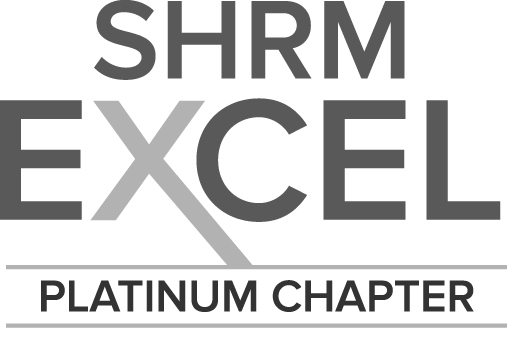|
Click on the question below to see the answer! I’m overwhelmed. How do I select my benchmark jobs and define my external labor market? I’m interested in participating in the annual GMA-SHRM Salary Survey, however, I don’t understand how it works; it doesn’t looks like any other survey I’ve ever participated in before. When are the due dates, and how do I obtain data from other participating employers? Thanks for your question – it’s a good one! The GMA-SHRM Salary Survey is considered in the industry an “evergreen” survey , meaning the salary information and data is reported by each employer at any time throughout the year, making it more easy and convenient for human resources professionals to enter salary survey data. As it is not necessary to enter information for all benchmark positions on a strict schedule or all at one time as you may have experienced when you have participated in traditional salary surveys, you decide which benchmark classifications need updating on your schedule, and only when your pay demographics change for a particular benchmark.
1. Failing to identify or develop a thorough market pricing strategy. Without a pay philosophy to guide you, and a thorough understanding of how you’ll define compensation for your company, you will not likely work in concert with your company’s goals, and will likely missing the market pricing target. Although external market pricing is not an exact science, you may develop valid, reliable, and defensible labor market analyses using the GMA-SHRM Salary Survey, which, with regular use, can boost your overall understanding of salary surveys, helping you become more experienced and less prone to making the above critical errors. I work for a small insurance agency with approximately 105 employees. I entered my data last year, and after looking over the summarized GMA-SHRM Salary Survey information, I see most other general business companies have increased their salary budgets by approximately 3.0%. Should I pay attention to this when I am reviewing the compensation survey data from employers? Absolutely! Most compensation professionals will apply some kind of mathematical factor to “trend forward” market data to keep pace with any labor market variances that occurred since the data was entered in the GMA-SHRM salary database. The great thing about our database is you can review data and select a percentage to trend the data yourself, after you have reviewed data summaries from salary survey respondents. One approach is to review the average salary increase budgets as reported by various employers, in conjunction with the number of months which have elapsed since the salary survey data was collected, and then “trend” using a standard percentage, bringing data forward to the current date for which you will review your company salaries against the external labor market information. For example, if you were performing this process manually, you might review the data and find insurance and general business organizations reported average salary budget increases of 3% the previous year. If so, you would divide this figure by 12 (the number of months in a year). After this calculation, you would then prorate the result by the number of months elapsed since the data was entered by each respondent in the GMA-SHRM database. Finally, you would multiply this figure to each salary rate for each benchmark job reviewed, which would provide updated salary figures. Thankfully, you won’t need to go through this excruciating exercise, as the GMA-SHRM Salary Survey performs this arduous calculation automatically, updating all of your salary information with the click of your mouse! All you need do is peruse the general business data and enter in the numeric percentage by which you’d like to age your summarized salary data. It’s that easy! I’m overwhelmed. How do I select my benchmark jobs and define my external labor market? A benchmark job is a “Standard” job which has a definition and scope of work readily understood among several employers. Within a job family, benchmark jobs provide relative comparisons for making pay decisions for other non-benchmark jobs in the same job family. Some commonly used benchmarks for the Fiscal area would include Accounting Clerk, Advanced Accountant, and Chief Financial Officer. Defining your external labor market can be influenced by geographic location, other industries which employ your benchmark job, and organization size. GMA-SHRM Salary Survey benchmark jobs are sorted not only by occupational group, but also individual job title, making it easy for you to select the job or jobs for which you need information when you need it. What kinds of statistics does the GMA-SHRM Salary Survey generate? Does it have the capability to age my data appropriately based on salary increases occurring in the external labor market? Yes! The GMA-SHRM Salary Survey provides simple, easy-to-understand descriptive salary statistics, including averages, median, and quartiles that will help you quickly compare your company benchmark jobs to the external labor market. One of the most useful highlights of the salary survey report is the data trending feature which allows you to add a consistent percentage value to all results, updating and trending your data using a single percentage value to update all salary rates for the benchmark jobs you have selected with the click of a mouse! If I work at a small or very large company; why should I consider and regularly use this survey source? Quite simply, you’ll be participating and using information from one of the most well-respected salary surveys in the Greater Madison area, containing locally-obtained salary survey data from small, medium, and major-sized private companies, as well as public sector organizations represented by local municipalities and Wisconsin State Government. You’ll have the entire Greater Madison Area and their salary information at your fingertips! |
|



